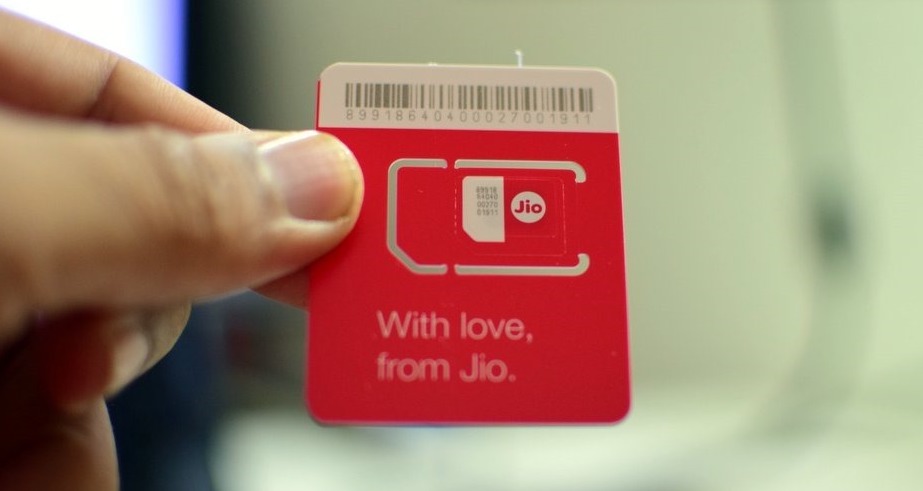Indian start-ups and tech firms generally have a lot to prove in the international marketplace. Despite the innovation emerging from the Indian tech scene, the country’s industry suffers from a less than sterling reputation when it comes to marketing and communications. Even when communicating with English-speaking markets, the language quality of Indian companies does not always measure up. And the problems are further complicated when communicating with foreign language markets.
How can Indian companies “up their game” with translation and localization so that they can earn their fair share of income from new markets? We’ll look at several options: working with professional translation agency, engaging freelance translators, and businesses doing it themselves with neural machine translation. We’ll consider best practices, tips and tricks as well as the pitfalls in the process that must be avoided.

Take a Strategic Mindset to Multilingual Marketing
Fast-growing small businesses often push “full steam ahead” before putting a strategy in place. While “Ready, Fire, Aim!” can sometimes yield results, it’s usually better to aim first. The basics are well known: Define your marketing, lay out the tactics to achieve them, define the metrics to measure your success. Chances are you’ve done that for one language market. But what about all the others? Bear in mind that even in English-speaking markets, you need to localize (in the US) and localise (everywhere else). Not just language but metric system, currency, and more subtle issues like cultural expectations. For example, Americans like directness but Brits expect more subtlety, nuances, and “politeness”. Leave behind your slang and think like a foreigner, erring on the side of formality.
But your bigger challenge is going to be additional languages. Then you will need to think strategically about the next level of localization. If you or your employees don’t speak the language of the target country, you will need to seek out professional help, the sooner the better. Sure, you can do all the strategic research all by yourself, on the Internet, but you have a few other things to do, right? Usually, it’s a better use of a tech startup senior executive’s time to focus on running the company. Becoming a global business means, first and foremost, seeking out a professional fluent in the language and ways of your target market.
Pros and Cons of Working with a Professional Localization/Translation Agency
Localization has become a big business and a specialization because of the market demand to globalize product and service offerings in international business. In the past, the agent of such services was called a “translation agency” but this did not cover all the dimensions of entering a new market. Localization services for tech companies include adapting marketing campaigns, changing screens in software, and revamping all technical documentation. Website localization is an important element, but you need to localize apps and social media campaigns too.
But the reality is that Indian company budgets are usually constrained and resources limited. Is the extra amount you will pay for a “one-stop-shop” solution worth it? On the one hand, engaging with a professional agency will save you personal time and deliver an assured quality level of professional translation services.
Another advantage of working with an agency is that you get more “fine-grained” expertise. There’s a big difference between technical translation and marketing translation, and an agency will understand this distinction well and be able to assign the correct resources. English-to-Hindi and Hindi-to-English translation may be great for starters and perhaps that’s the logical starting point. But when you’re ready to expand to additional languages, they will be able to find those resources for you. But you can expect to pay a higher per-word rate when you contract marketing translation services with a professional agency rather than an individual language translator, sometimes by 50% or more.
The Freelance Translation Option: Pros and Cons of Engaging a Translator Directly
Because of the strong and growing demand for translation services worldwide, there is also a large supply of freelance translators available for every language pair and specific kinds of localization tasks. In fact, India is by far the world’s largest source of freelancers: according to a survey by PayPal publishing in Entrepreneur magazine, Indian freelancers and outsource agencies, especially in the tech industry, account for a staggering 50% of the global market.
In our case, of course, we are talking about Indian tech startups or other businesses going in the other direction, seeking out international resources to help them get into foreign markets. Find these resources online, via freelance marketplaces like Upwork, Freelancer, and Fiverr. Like similar platforms, each freelancer or freelance agency has a profile, with reviews and ratings as well as a portfolio of work samples and links to their LinkedIn profiles, resumes, or websites. Filter your search for those who meet your language and price criteria, or post your job and evaluate incoming bids. Then negotiate! It’s a marketplace, not a department store!
Welcome to the Machine: Expert Tips, Tricks, and Best Practices
Some important tips and tricks to keep in mind:
- Go for freelancers when the job is relatively simple. They will know how to translate a page, but they may not be able to handle more complex tasks as well as an agency.
- Better to hire two freelancers for each language, one as a primary translator and the other as an auditor and editor of the first, and a backup in case the first one fails or delivers substandard work.
- Be on the lookout for cheats. Some lazy translators will relying on machine translation. You’re paying for expert services, make sure the translator knows that you will not pay for work that comes from a software algorithm.
That said, bear in mind that the latest generation of machine translation services like Google Translate, DeepL, and Microsoft Translator can prove very useful for doing your internal research and for checking up on the work of your human translation partner. While machines still can’t match the quality and cultural sensitivity of a human expert, AI-powered translation bots are fast catching up. Even if you are tempted to rely on machine translation to save money or time, avoid embarrassment. Never publish machine-sourced translations without having a mother-tongue native speaker – in house or hired translator — check the copy for correctness.








